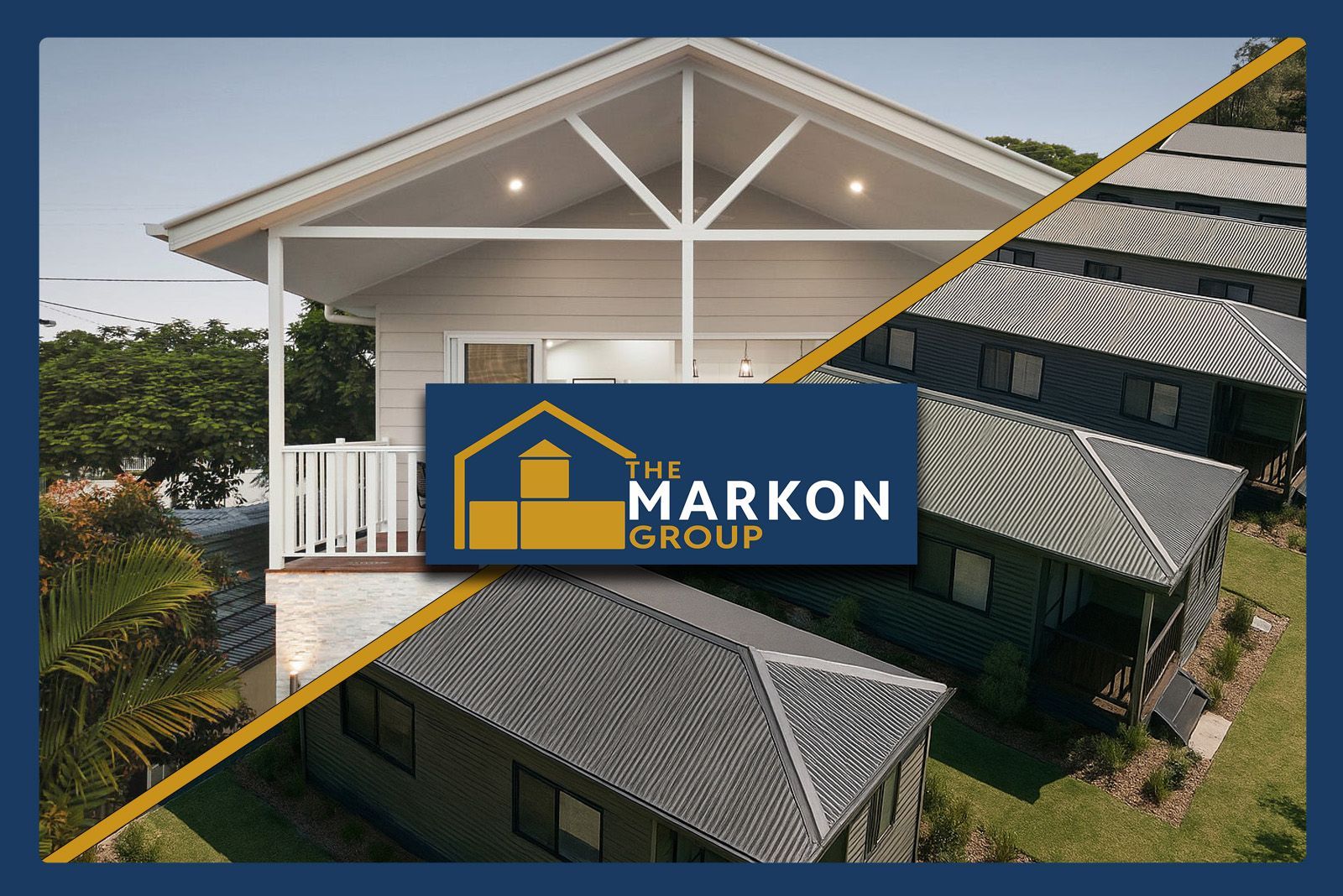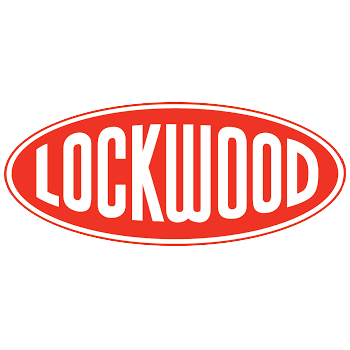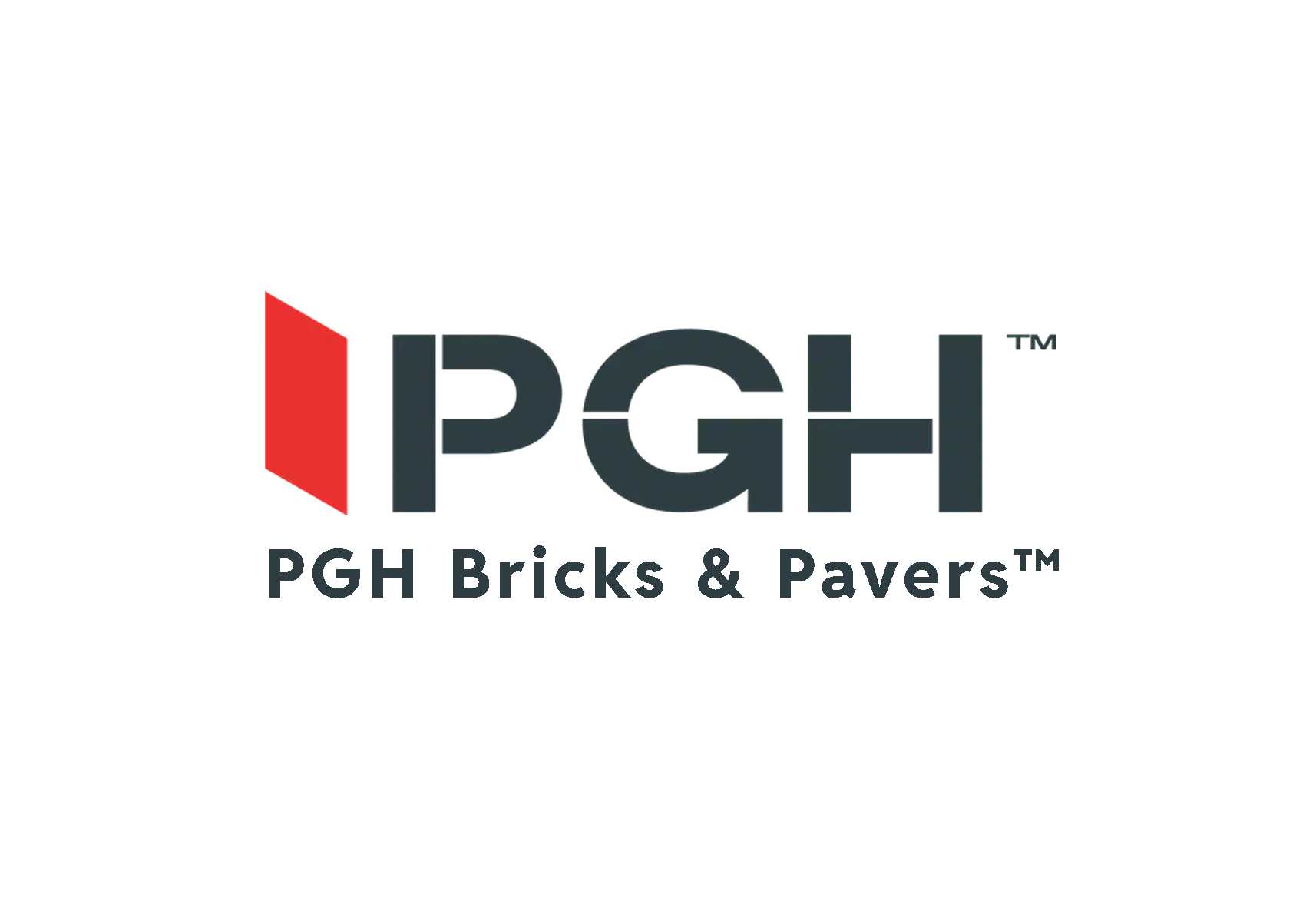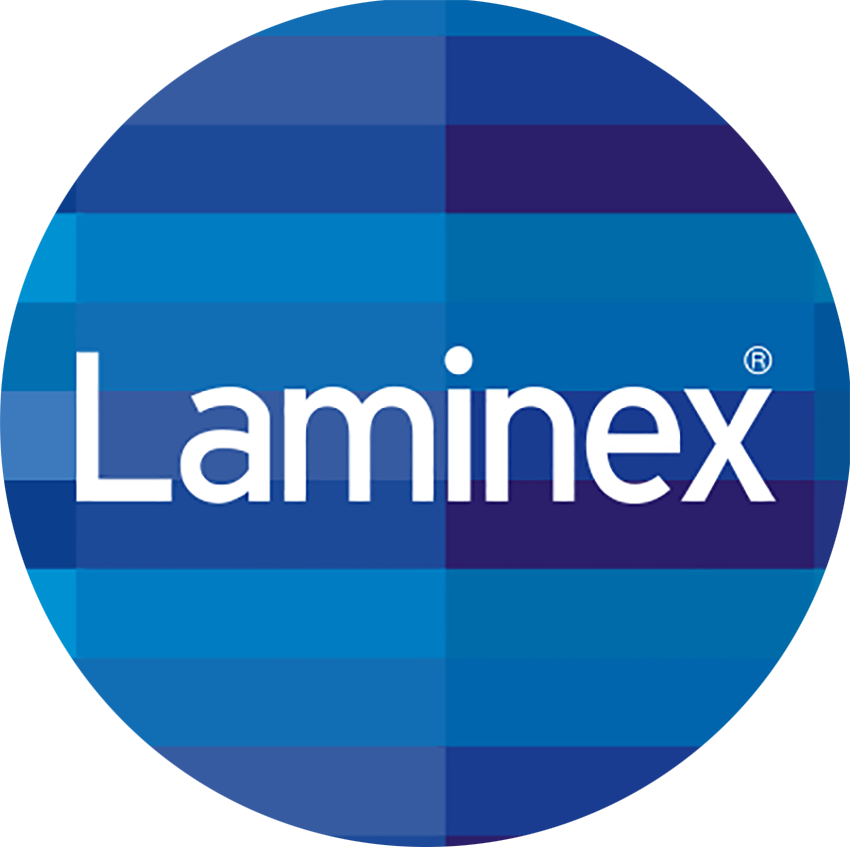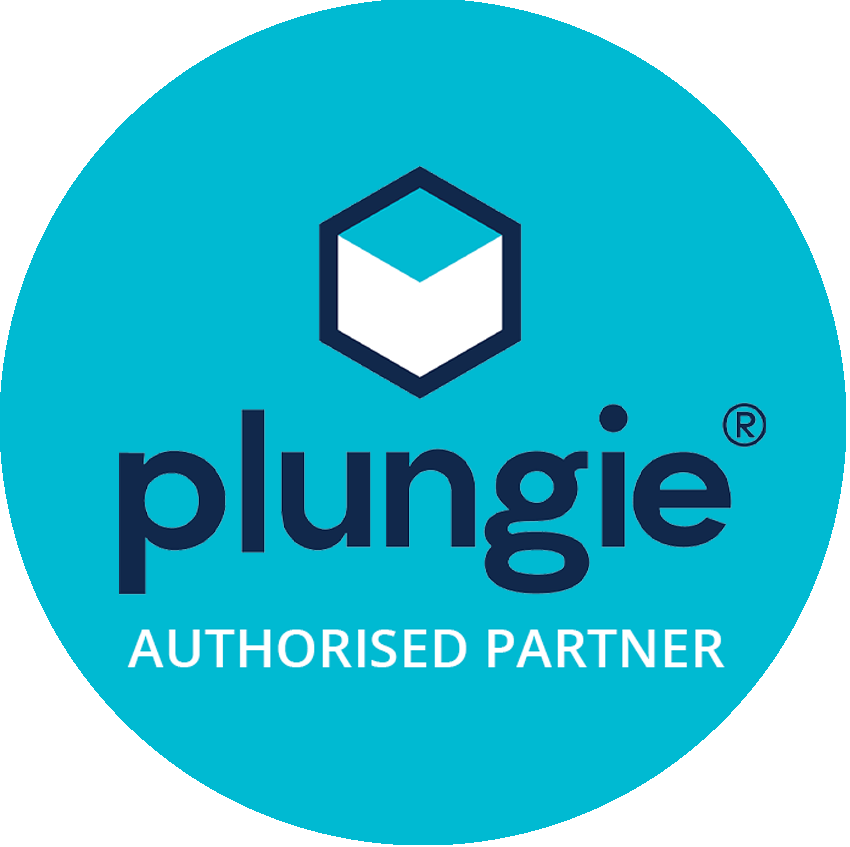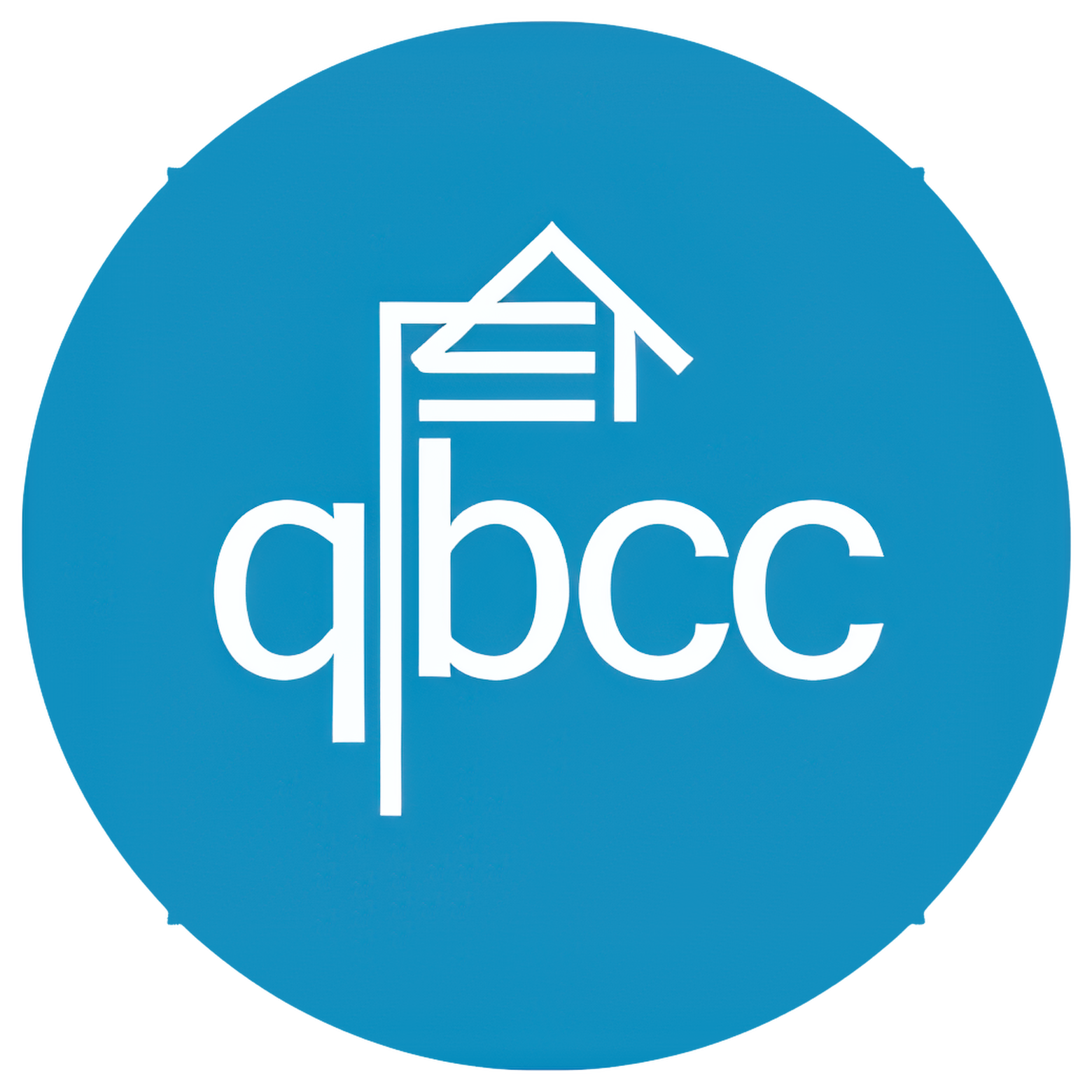EV Charging at Home: What You’ll Need
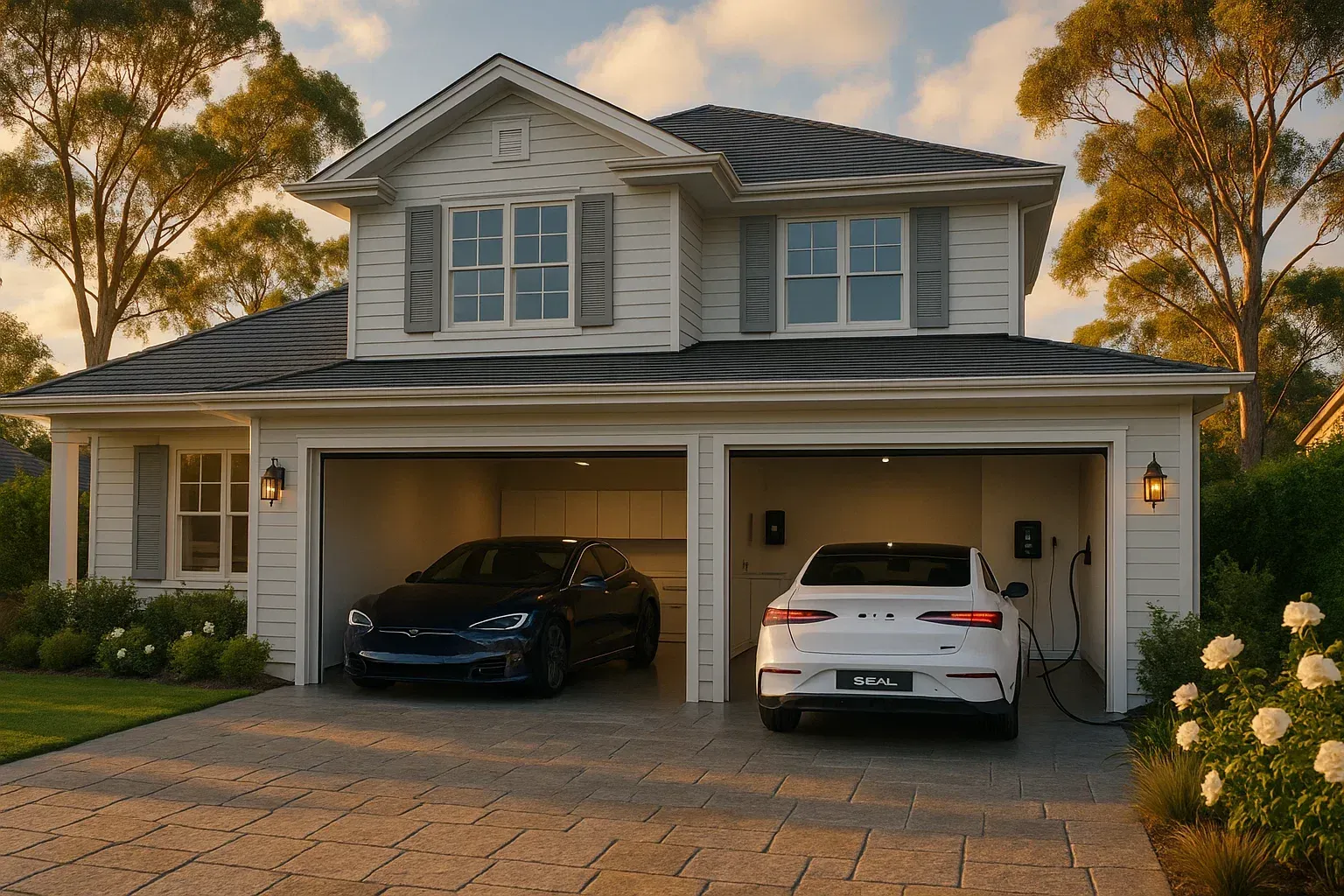
Time to consider EV charging in your new build – what you need to know for a future-ready home design
A wall-mounted home EV charger in a Brisbane garage allows convenient overnight charging for your electric vehicle.
Imagine pulling into your driveway on a warm Brisbane evening, the sun setting behind suburban gum trees. You step out of your electric vehicle (EV) and plug it straight into a charger on your garage wall – no detours to public charging stations, no waiting in line, just the simple satisfaction of charging at home while you unwind. By morning, your car is fully charged, ready for the commute or a weekend getaway. Sound futuristic? It’s closer than you think. EVs are rapidly becoming mainstream in Queensland – in fact, electric vehicle sales in QLD surged by nearly 80% in one quarter, making up over 8% of new car sales by mid-2025. As more Queenslanders embrace electric cars, home charging is set to be the new normal. The majority of EV charging already happens at home, and building a new home is the perfect opportunity to make your garage EV-ready from day one.
In this blog, we’ll explore why including EV charging in your new home build is worth it, especially for eco-conscious homeowners in Brisbane. We’ll demystify the difference between single-phase and three-phase power (and why it matters in South East Queensland), and show how planning ahead can save you money and headaches down the track. You’ll learn what’s involved in installing a home EV charger, the perks of working with a builder who truly understands future-proof design, and why The Markon Group – a family-run Brisbane builder – is a great team to help bring your sustainable, future-ready home to life. Let’s dive in!
Why Plan for EV Charging in Your New Home?
Building a new home is all about investing in the future – and part of that future is electric. Even if you don’t own an EV yet, there’s a good chance you will during your home’s lifetime (or you’ll host visitors who do). Planning for EV charging now ensures your home is ready for the fast-growing electric vehicle revolution. Consider this: Queensland’s government has been busy rolling out the Electric Super Highway, the world’s longest EV charging network within a single state, stretching from Coolangatta to Cairns. It’s clear the Sunshine State is gearing up for an electric transport future, and homeowners can ride this wave by setting up convenient charging at home.
Including an EV charger during a new build is far easier and cheaper than retrofitting one later. When you plan ahead, you can incorporate the necessary electrical capacity, wiring and space for a charging station right into the house design. That means no tearing up walls or driveways down the track – your garage will be EV-ready on move-in day. Plus, an integrated charging setup looks neat and intentional (no ugly extension cords or makeshift solutions). It becomes a feature of your home, much like a modern kitchen or a smart home system, potentially adding resale value by appealing to the ever-growing segment of EV-driving buyers.
There’s also the everyday convenience and cost savings to consider. Charging at home allows you to take advantage of off-peak electricity rates or soak up excess energy from any solar panels you install. It’s significantly cheaper per “fill-up” than petrol – and you’ll never have to visit a petrol station again (one less chore on your weekly list!). For Brisbane residents, imagine being able to leave the house each morning with a “full tank” courtesy of overnight off-peak power or Queensland’s abundant sunshine feeding your battery. It makes owning an EV utterly seamless. No scrambling to find a public charger around South Bank or Chermside; your home has you covered.
Last but not least, choosing to include EV charging is a statement about your values. It shows you’re building not just for today, but for the cleaner, greener tomorrow. It aligns with a sustainable lifestyle – pairing nicely with solar power, home batteries, and energy-efficient design choices. You’re essentially future-proofing your new home for the technologies (and realities) of the coming decades. When the neighbors drive by and see that EV charger on your garage wall, they’ll see a home that’s ahead of the curve – and you’ll feel the peace of mind that comes with knowing you planned for the long run.
Single-Phase vs. Three-Phase Power in SEQ: What’s the Difference?
One technical aspect that inevitably pops up when planning for a home EV charger is power supply: should your house have single-phase or three-phase power? Let’s break it down in everyday terms, and specifically what it means for Brisbane and South East Queensland (SEQ) homes.
Most homes in Australia (and indeed around Brisbane) run on single-phase power, which is like a single-lane road delivering electricity into your house. It’s typically 230 volts and perfectly adequate for standard appliances and lighting. Three-phase power, on the other hand, is like a three-lane highway: your home gets three active power lines instead of one, delivering 400+ volts between phases. The result? More capacity and a steadier flow of power, ready to handle heavier loads. In the past, three-phase was mainly for commercial sites or very large homes, but times are changing. With more people installing energy-hungry goodies like ducted air conditioning, pool heat pumps, large solar systems, and yes, EV chargers, three-phase is moving into the residential scene. In fact, more and more Queensland homeowners are choosing to upgrade to three-phase as they embrace these advanced technologies.
So, what’s the practical difference for your EV charger? It comes down to charging speed. A single-phase connection can comfortably support up to about a 7 kW charger, which will charge an average EV battery overnight. A three-phase connection can allow for 11 kW or even 22 kW charging if your car and charger support it, meaning much faster top-ups. To put it another way: a standard 32-amp circuit on single-phase might add roughly 40-50 km of range per hour to your EV, whereas on three-phase that could jump to 120+ km per hour. That’s a big difference if you ever need a quick turnaround or you’re charging multiple EVs. Three-phase power is ideal for high-power EV charging and running multiple big appliances at once – it spreads the electrical load so you’re less likely to trip breakers when the car charger, aircon, and oven are all running.
In SEQ, many new suburban developments still default to single-phase connections, but upgrading to three-phase is usually possible if the local infrastructure supports it. It often involves a higher connection fee or some extra work by Energex (the local network provider), but if you’re building new, this is the moment to decide. Importantly, having three-phase in a new build gives you more headroom for the future. Even if a 7 kW home EV charger suits you fine today, you might later find you want a second charger (two EV household, anyone?) or a charger that can deliver extra-fast charging. With three-phase, you’ll be ready. It’s about future-proofing. As one guide for homeowners puts it, three-phase offers better appliance support and room to grow – perfect if you plan on adding a second EV, battery storage, or other high-power systems down the line.
That said, single-phase isn’t a deal-breaker for EVs. Plenty of EV drivers in Brisbane charge happily on single-phasepower. A 7 kW (single-phase) charger can add around 30-50km of range per hour, which is ample for overnight charging in most cases. If you typically drive, say, 50 km a day, a single-phase home EV charger will refill that in a couple of hours each evening. So don’t panic if three-phase isn’t feasible in your location – you can still charge an EV just fine. The key is knowing the difference: three-phase will simply give you more speed and capacity, and if you have the option during your build (and the budget allows), it’s worth considering for the flexibility it provides. Upgrading later can be costly – often several thousands of dollars (a three-phase upgrade might cost $4,000–$6,500) if not planned initially – so it’s a one-time decision that’s best made with the long view in mind.
Plan Ahead to Save on EV Charging (and Headaches!)
One of the biggest themes in sustainable home design (and one we champion at The Markon Group) is planning ahead. When it comes to EV charging, a little foresight during the construction phase can save you a lot of hassle and money later. Think of it as laying the groundwork now so you’re not breaking ground later.
What does planning ahead for an EV charger involve? It can be as simple as running the right cable and conduit to your garage or carport during the build. For example, if you upgrade to three-phase power, have your builder or electrician run a dedicated heavy-duty circuit (often a 6mm² or larger cable) from your switchboard to the intended charger location while the walls are open. Even if you don’t install the actual charger unit immediately, you’ll have “roughed in” the setup – making a future installation basically plug-and-play. This pre-wiring step is relatively inexpensive to do as part of a new build (it might just be a tiny line item in your electrical plan), but retrofitting it later could mean opening up walls, pulling cable through finished parts of the house, and patching/plastering afterwards. Incorporating it now means avoiding that mess and expense down the track.
Another aspect of planning is space and layout. Decide where on your garage wall you’d mount an EV charger. Ideally it’s near where the car’s charging port will be when parked – you might even consider adding an extra power outlet or a shelving niche for charging equipment. If you’re building a double garage and foresee two EVs, map out two spots. These are small design considerations that cost nothing to think about, but make life easier later. We’ve seen clients who, years after moving in, wish they had placed their electrical panel or added a conduit in a certain spot for an EV charger – and kicking themselves that they didn’t do it initially. It’s all about foresight.
Importantly, planning ahead can save you money on electrical upgrades. If your new home’s electrical system is designed with EV charging in mind, your builder can ensure the switchboard has capacity for an extra circuit, and that you have the right mains supply. For instance, adding a high-capacity circuit might require a switchboard upgrade or a larger mains connection if done later; during a build, those can be factored in much more smoothly. The cost of upping your mains or installing a bigger board is much easier to absorb in the construction phase than as a standalone project later on. And as noted, if you think you’ll want three-phase eventually, do it from the start. Many eco-conscious homeowners in Brisbane are now opting for three-phase upfront, not just for EVs but because they plan to add solar panels, battery storage, electric pool heaters and other future goodies that all benefit from a beefier supply. It’s all connected – literally!
Let’s not forget the paperwork and compliance side. In Queensland, any significant electrical work (like installing a wired EV charger) requires a licensed electrician and must comply with standards. By planning these in advance, your builder (in coordination with an electrician) handles the approvals or designs to code as part of the build. It rolls into your building certification. Later on, if you suddenly decide to whack a charger in, you’d need to arrange separate permits or at least electrical inspections, which is totally doable but another round of admin and possibly fees. Planning ahead simplifies that – one plan, one approval, done.
In short, future-proofing is easiest and cheapest at construction time. A little forward planning can save you from ripping up your nice new garage in a year or two. As the saying goes, build for the life you’re going to have, not just the life you have today. If there’s even a inkling that an EV (or two) is in your future, talk to your builder about making your home EV-ready now. You’ll thank yourself later when everything is ready to go the moment you drive home that shiny new electric car.
What’s Involved in Installing a Home EV Charger?
You might be wondering what actually goes into installing that nifty charger on your garage wall. The good news is, for a detached home, it’s usually a straightforward job for a qualified electrician – especially if you’ve planned ahead. Here’s an overview of what’s involved in adding a home EV charger in Queensland:
- Choosing the Right Charger: First, you’ll select a home charger unit (often called a Wallbox or EVSE – Electric Vehicle Supply Equipment). Most homeowners opt for a Level 2 AC charger, which typically delivers anywhere from 3.6 kW up to 7 kW on single-phase, or 11–22 kW on three-phase. These units come from various brands (Tesla, Schneider, Wallbox, Ocular, etc.), and many are universal (compatible with any EV). They’re usually wall-mounted and roughly the size of a large tablet or briefcase. Some have smart features like Wi-Fi connectivity (for monitoring usage or solar integration), while others are simple plug-and-charge. When building a new home, you don’t necessarily have to buy the charger immediately – but it’s good to decide the specs you’ll eventually want, so the wiring and power supply can be prepared accordingly.
- Electrical Wiring and Capacity: Installing a home EV charger is not as simple as plugging in a toaster. It involves running a dedicated circuit from your main switchboard to the charger location. This circuit needs to be rated for the charger’s load (for example, a 32A circuit for a ~7 kW charger). A licensed electrician will handle this – and indeed, Australian law requires a licensed electrician to install any dedicated EV charger. Often a new circuit breaker (and safety switch/RCD) is added to your switchboard for the charger. In some cases, especially for higher-capacity chargers, your electrician might need to upgrade your switchboard or even your connection to the grid to support the additional load. This is why planning is key: if your builder already accounted for this, you’ll have the space and capacity ready. If not, the electrician may need to swap out your board for a larger one or upgrade fuses – which adds cost.
- Installation and Mounting: The physical installation involves mounting the charger unit securely to the wall (garages are ideal, as chargers are weatherproof but last longer in sheltered locations). The electrician will then connect the unit to the dedicated power supply line. This might involve some drilling through walls or ceilings to route the cable, which is far easier if done pre-gyprock in a new build, but can also be done in existing homes (usually via crawlspaces or conduit along walls). The charger is wired into your switchboard, tested, and configured. The electrician will ensure it’s properly earthed and that all safety mechanisms are in place. Typically, they will also set up any smart functions or link it to your Wi-Fi if it’s a connected charger.
- Compliance and Testing: After installation, the electrician will test the charger – often with the EV or a testing device – to ensure it delivers the proper current and that safety cut-offs work. You’ll receive a compliance certificate or documentation as required. Queensland (and Australian) standards are strict on electrical work, so you can rest assured that when installed correctly, these chargers are very safe. They have multiple layers of protection (circuit breakers, residual current devices, etc.) to prevent any electrical faults. It’s one reason doing it the right way (with the right professionals) is crucial – you don’t want DIY or unqualified installations when we’re talking about high electrical loads.
- Using Your Home EV Charger: Once it’s in, using your charger is blissfully easy. For most units, it’s simply a matter of parking your car, taking the charger’s tethered cable (or your car’s own charging cable if the unit uses a socket), and plugging it into the car. Charging begins automatically. Many chargers have indicator lights to show charging status, and some can be programmed via an app to charge at specific times (like overnight off-peak hours). From day one, you’ll love the convenience. It’s as routine as charging your phone at night – plug in, go to sleep, and wake up to a “full tank.” If you have solar panels on your roof, you might even configure your charger or home energy system to preferentially use solar power to charge during the day. How good is that – driving on pure Queensland sunshine?
In summary, installing a home EV charger involves a bit of electrical work but is a one-time job that yields daily benefits. For new builds, it’s even smoother, since all the wiring can be laid in advance. And with a professional doing the work, you’ll have confidence that your setup is safe, compliant, and optimized. At The Markon Group, we often coordinate with our trusted electricians during the build so that, whether our client wants the charger installed immediately or just the provisions in place, everything is done right. Seeing that charger on the wall when you move in – or the capped conduit waiting for a future unit – really underscores that your home is EV-ready and built for the future.
Future-Proof Design: Work with a Builder Who “Gets It”
It’s one thing to decide you want cool sustainable features in your new home – it’s another to actually implement them seamlessly. This is where working with a builder who truly “gets” future-proof design makes all the difference. By future-proof, we mean a home designed to adapt to evolving technology and lifestyles: think EV charging, solar power, home automation, battery storage, smart appliances, advanced networking and more. As technology marches on, you want a house that can march right along with it, rather than one that gets left behind and requires constant retrofits.
A forward-thinking builder in Brisbane will bring up these topics early in the design phase. They’ll ask questions like: “Do you plan to drive an electric car in the near future?” “Should we include extra data cabling for that home office or smart fridge?” “How about positioning your switchboard and wiring routes to accommodate solar inverter and battery installation later?” These are the kinds of conversations that not every builder will have – especially the volume builders churning out cookie-cutter homes. But a custom builder attuned to future-proofing will ensure your new home isn’t obsolete the day you move in. They stay on top of trends and emerging norms. For example, not so long ago, hardly any homes had dedicated EV charging circuits; now, a savvy builder will rough-in an EV charger provision as a standard recommendation, much like wiring for air-conditioning or alarm systems.
Working with a builder who understands these things can save you money and frustration. They can coordinate all the necessary trades and components during construction. If you want solar panels on the roof, they’ll design the roof for it (orientation, pitch, clear of shading). If you want an EV charger, they’ll make sure the garage has the right amperage and perhaps even an extra conduit in place. It’s all done in one go. Contrast this with a scenario where you move into a brand new house only to find out that adding an EV charger means tearing out half the garage drywall because no one thought of the conduit – yikes.
Another benefit is compliance and quality. Builders experienced in future-proof design are familiar with local regulations and best practices for these installations. They know, for example, that Energex (in SEQ) might have certain requirements for connecting a solar system or that EV chargers should be on their own circuit. They design and build proactively with those in mind, so when the time comes, there are no nasty surprises or rework required. It’s a holistic approach – your home is viewed as an ecosystem that should work in harmony from the get-go.
Let’s talk specifically about The Markon Group for a moment. We pride ourselves on being exactly this kind of builder. Our philosophy is that a home should fit your life, not the other way around. And your life is moving into an era of electric vehicles and smart everything. We see it as our job not only to pour the slab and raise the walls, but to anticipate your future needs as much as possible. That’s why we love discussing things like EV charging, solar integration, energy-efficient fixtures, and smart home systems with clients right from the start. We keep up with industry developments and Queensland building innovations, so we can make suggestions you might not even have thought of. Building a home is a partnership – we bring expertise on what’s coming down the line (from building code changes to tech trends), and you bring your vision of how you want to live. Somewhere in the middle, we craft a house that’s ready for whatever the future holds.
In practical terms, working with a future-focused builder means fewer compromises. You won’t hear, “Oh sorry, we can’t do that” when you ask about an EV charging outlet or a battery storage nook or a three-phase upgrade. Instead, you’ll get solutions and enthusiasm. We’ve heard horror stories of people asking big project builders about solar or electric vehicle provisions and getting blank stares or huge variation quotes. A builder who “gets it” will either include it upfront or design it in such a way that adding it is straightforward. The result? Your home is not just built for now, but for 5, 10, 20 years from now. When your kids start driving electric, or you decide to buy an electric boat (hey, could happen!), or new smart appliances hit the market, your home will be ready to accommodate those with minimal fuss.
Why Choose a Family-Run Builder Like The Markon Group?
Choosing a builder is as much about trust and values as it is about floorplans and fixtures. The Markon Group is a proud family-run builder based in Browns Plains, Brisbane, and we believe that makes a difference in how we approach every project – including integrating features like EV charging for our clients. We often say we’re “Approachable, Friendly, Family Builders that Care,” and our clients seem to agree. But what does that mean in practice for you and your future-ready home?
For one, it means personalized service and genuine partnership. As a family business, when you talk to us, you’re likely talking to one of the company owners or a tight-knit team member – not a corporate sales rep ticking boxes. We take the time to listen to your ideas (the crazier, the better – we love a challenge!) and actually incorporate them. If you come to us saying, “We’d love to include an EV charger and maybe plan for solar and a rainwater tank,” you won’t get a blank look or a cookie-cutter response. You’ll get excited collaborators who say, “Great, let’s make a plan.” In our experience, great homes are built when the builder and homeowner are on the same page and excited about the vision. Being family-run, we treat your project like it’s for one of our own – we want it to be perfect for you.
Next, a builder like us brings local expertise and longevity. We’ve been building homes around South East Queensland for over three decades. This means we’ve seen trends come and go, and we know what works in our climate and community. Brisbane’s hot summers, occasional severe storms, the local council regulations, the quirks of Queenslander culture – we factor all that in. When we integrate something like an EV charger, we know to consider things like ventilation in a garage (for battery charging heat dissipation, for instance), or the impact on your electrical load during peak summer AC usage. We design holistically. Our homes stand the test of time not just because we use quality materials, but because they’re thoughtfully designed with the homeowner’s needs and QLD conditions in mind.
Also, being a smaller family builder allows us to be flexible and innovative. We’re not stuck churning out the same template house 100 times a year. Every Markon build is unique, and that means if you want the latest tech or a custom feature, we can probably do it (and we’ll enjoy doing it!). We stay updated on the latest in sustainable building – for instance, new energy-efficient construction methods, or new products like home battery systems, smart thermostats, and yes, EV charging equipment. We bring that knowledge to you. It’s no coincidence that our blog covers topics like solar power, home automation, and EV charging – we’re always educating both ourselves and our customers. We want to lead by example as builders of the future.
Finally, when you choose a family-run builder like The Markon Group, you get accountability and heart. Our name – our family name, effectively – is on every home we build. We don’t hide behind a brand façade. That means we deeply care about our reputation and your satisfaction. If we commit to making your home EV-ready, we’ll do it diligently and transparently. We’ll explain the process, costs, and benefits in plain language. There’s no upsell game or fine print surprises. This integrity builds trust – the kind of trust where you feel comfortable asking any question (“Hey, can I plug in two cars at once?” – answer: yes, we’ll design for that!) and you know we have your best interests at heart. We want you to not only love your home on the day you move in, but also years later when those “future-proof” features we included start to really pay off.
In short, The Markon Group is not just a builder – we’re your partners in creating a home that fits your life. And if your life is leaning towards electric vehicles and sustainable living, we’re right there with you, ready to make it happen.
Ask us about including EV charging in your new build. We are a great family custom home builder and would love the opportunity to discuss your future build — reach out to us today.
